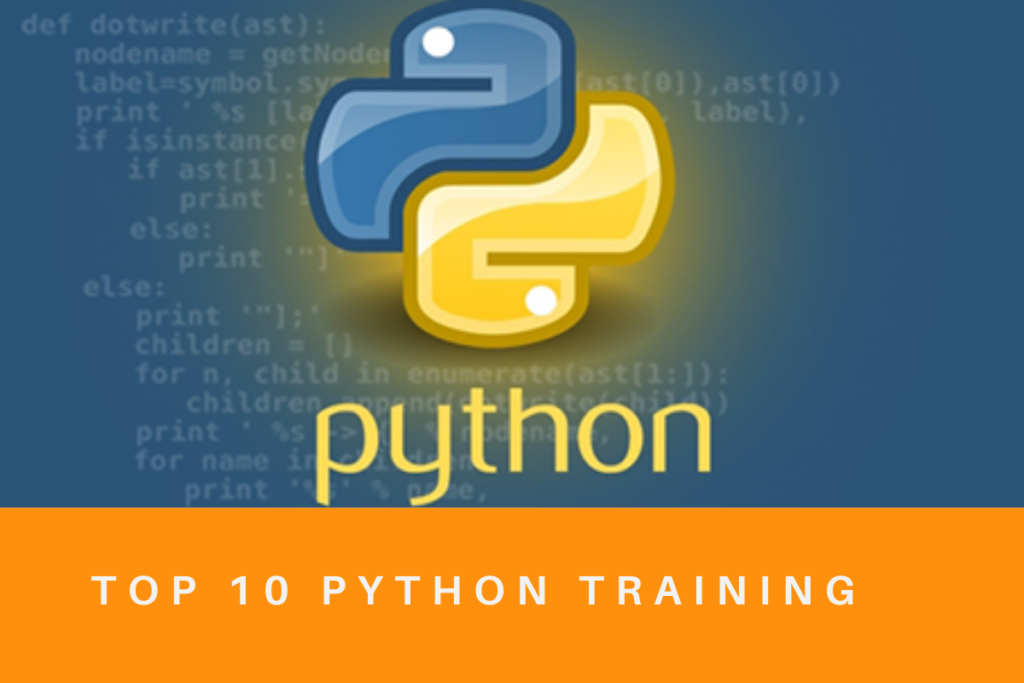If It Fails To find It
페이지 정보
작성자 Ernestine 작성일24-12-27 19:45 조회3회 댓글1건본문
It also includes any submodules of the package that had been explicitly loaded by previous import statements. In fact, this is the advisable notation except the importing module needs to use submodules with the same title from different packages. When packages are structured into subpackages (as with the sound package deal in the example), you should utilize absolute imports to refer to submodules of siblings packages. For example, if the module sound.filters.vocoder wants to use the echo module within the sound.effects bundle, it could use from sound.effects import echo. You may as well write relative imports, with the from module import title type of import statement. These imports use leading dots to point the current and mum or dad packages involved within the relative import. Note that relative imports are based mostly on the identify of the present module. Python software must always use absolute imports. This variable might be modified; doing so affects future searches for modules and subpackages contained within the package.
These keywords are employed, amongst different things, in control flow statements, loops, and functions. Python uses symbols referred to as operators to carry out operations on knowledge. " operator. A number of various operators can be found in Python, together with arithmetic, comparability, logical, task, and bitwise operators. Expressions are made by placing together values, variables, and operators. Expressions can then be evaluated to get a consequence. Statements are directives that instruct Python to carry out a particular motion. Primary Syntax and Hi there World! In this tutorial we'll attempt to grasp the syntax of python programming. Though, syntax is something that you will perceive as you will see increasingly programs and examples, however there are a few things that you should know earlier than hand. Python is case sensitive. Why it matters: Properly dealt with exceptions contribute to clean and readable code. Finest apply: Deal with readability and specificity when handling several types of exceptions. Why it issues: Exception handling aids in debugging by pinpointing the source of errors. Finest practice: Log related information during exception handling for effective debugging.
In the examples above we merely use a print assertion, however anything is possible. ] and searches for "the USA" within the listing. ] and checks whether every number is constructive or damaging. As we noticed in an earlier instance we can use loops with Python’s constructed-in vary() function to state exactly what number of times we would like the loop to iterate. We can use a loop inside another loop: this is known as a nested loop. A break assertion can be utilized to exit a loop earlier than all the iterations have finished. Operators in Python are particular symbols or keywords that perform specific operations on a number of operands. A number of operators in Python embody arithmetic, comparison, logical, bitwise, and task operators. Arithmetic operators are used for mathematical operations like addition ➕, subtraction ➖, multiplication ✖️, and division ➗. Comparability operators are utilized to compare values and return a Boolean True or False worth ✅❌.
Join right now to access over 24,200 courses taught by industry specialists. ] Most purposes, whatever the programming language that they are written in, are broken up into smaller blocks known as functions. And Python's no completely different. Capabilities give us a means of organizing our packages in order that they're more understandable and modular. As I said, Python's parsing of a script happens before it makes an attempt to run the script. That's why in your second instance, the first line just isn't run. Python's still within the stage of parsing your script. In your first instance, nevertheless, Python has already parsed your code and verified it has legitimate syntax. Now Python attempts to execute your code. The Python interpreter will proceed to run till it encounters an error, at which point it stops. The necessary level to note here is that Python is in the execution stage when it raises a NameError. As I said above, Python will execute code in a script so long as it can. That is why in your first example, the first assertion is run, and then the Python interpreter stops. Mainly, SyntaxError and NameError are two totally different exception varieties. SyntaxErrors are raised during Python's parsing stage, whereas NameErrors are raised throughout Python's execution (a.okay.a run-time) stage. The output the exceptions produce is totally different because the exceptions are raised during different phases and for various functions.
Python comes with many built-in exceptions which can be hierarchically related, so if you browse the documentation, you’re prone to discover a fitting one. Python even teams some of the exceptions into classes, resembling warnings that it is best to use to indicate warning conditions, and OS exceptions that Python training institutes raises relying on system error codes. If you still didn’t find a fitting exception, then you possibly can create a customized exception. It's an enormous improvement that with this pattern the target perform is tasked with checking and reporting errors, so we as callers could make the call and belief that the perform will let us know if the action failed. On the other aspect, we have to know what exceptions to put in writing down within the except clause, as a result of any exception lessons that we miss are going to bubble up and doubtlessly cause the Python utility to crash. You might ask why not catch all possible exceptions to make sure none are missed. This is a nasty sample that causes extra problems than it solves, so I don't recommend it except in a few very specific instances that I will talk about later.

댓글목록
club vulkan bet - Ve님의 댓글
club vulkan bet… 작성일










